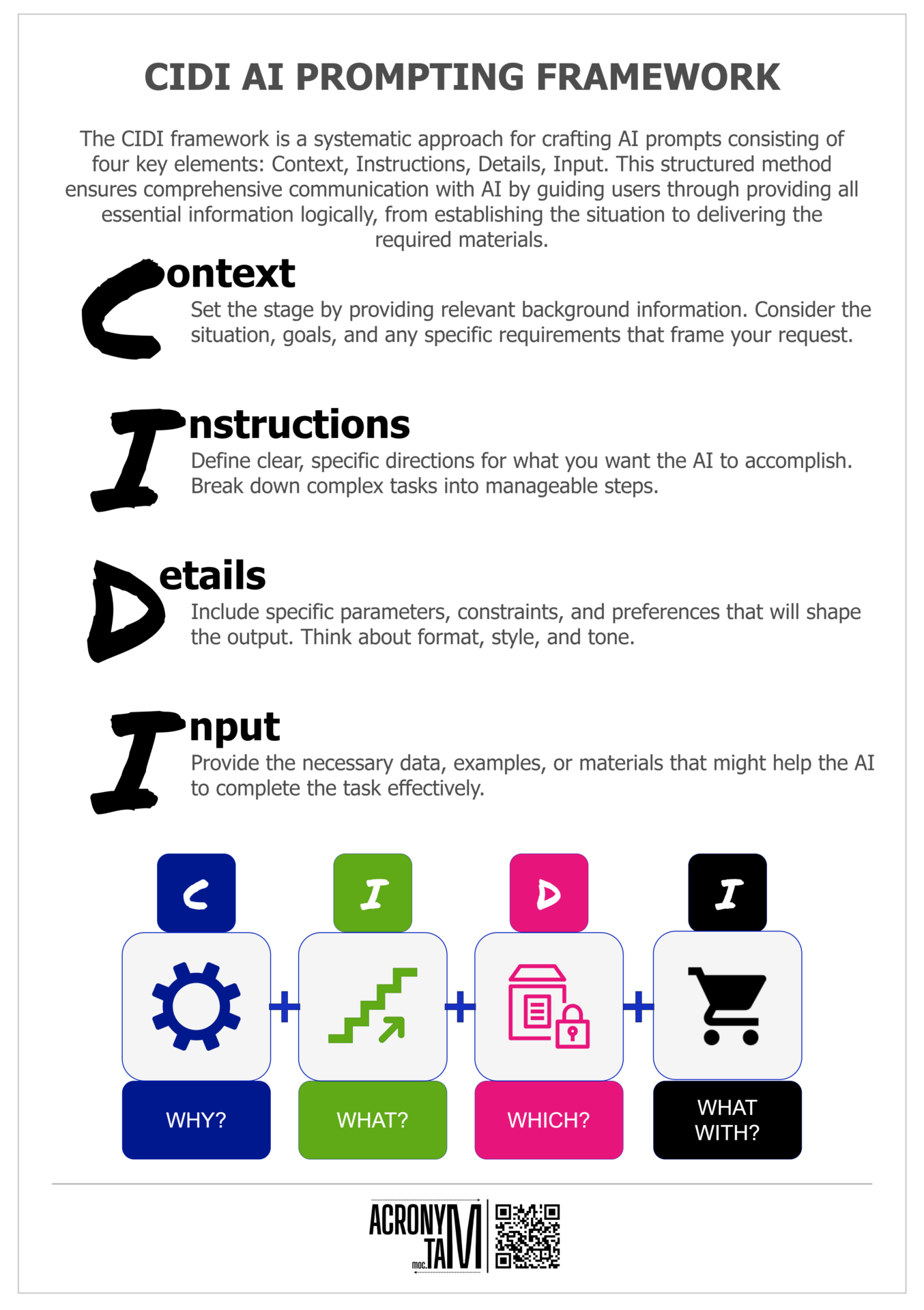
CIDI Framework
The CIDI framework is a systematic approach for crafting AI prompts that consists of four key elements: Context (setting the background), Instructions (providing clear directions), Details (specifying parameters), and Input (supplying necessary materials). This structured method ensures comprehensive communication with AI by guiding users through providing all essential information logically, from establishing the situation to...
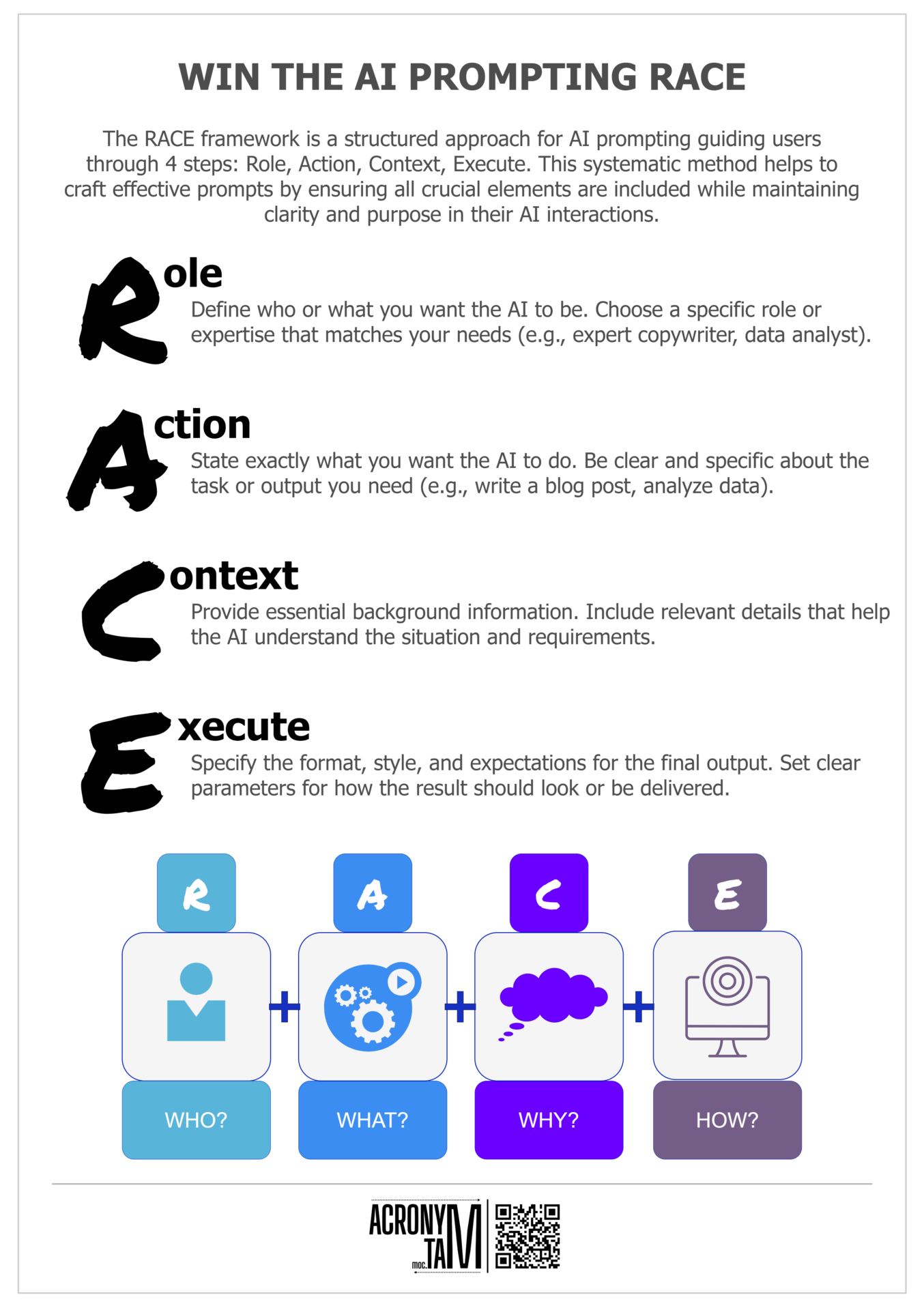
RACE Prompt Framework
The RACE prompt framework is a structured approach for AI prompting that guides users through four essential steps: Role (defining who the AI should be), Action (specifying the task), Context (providing background), and Execute (setting clear expectations for delivery). This systematic method helps users craft more effective prompts by ensuring all crucial elements are included...
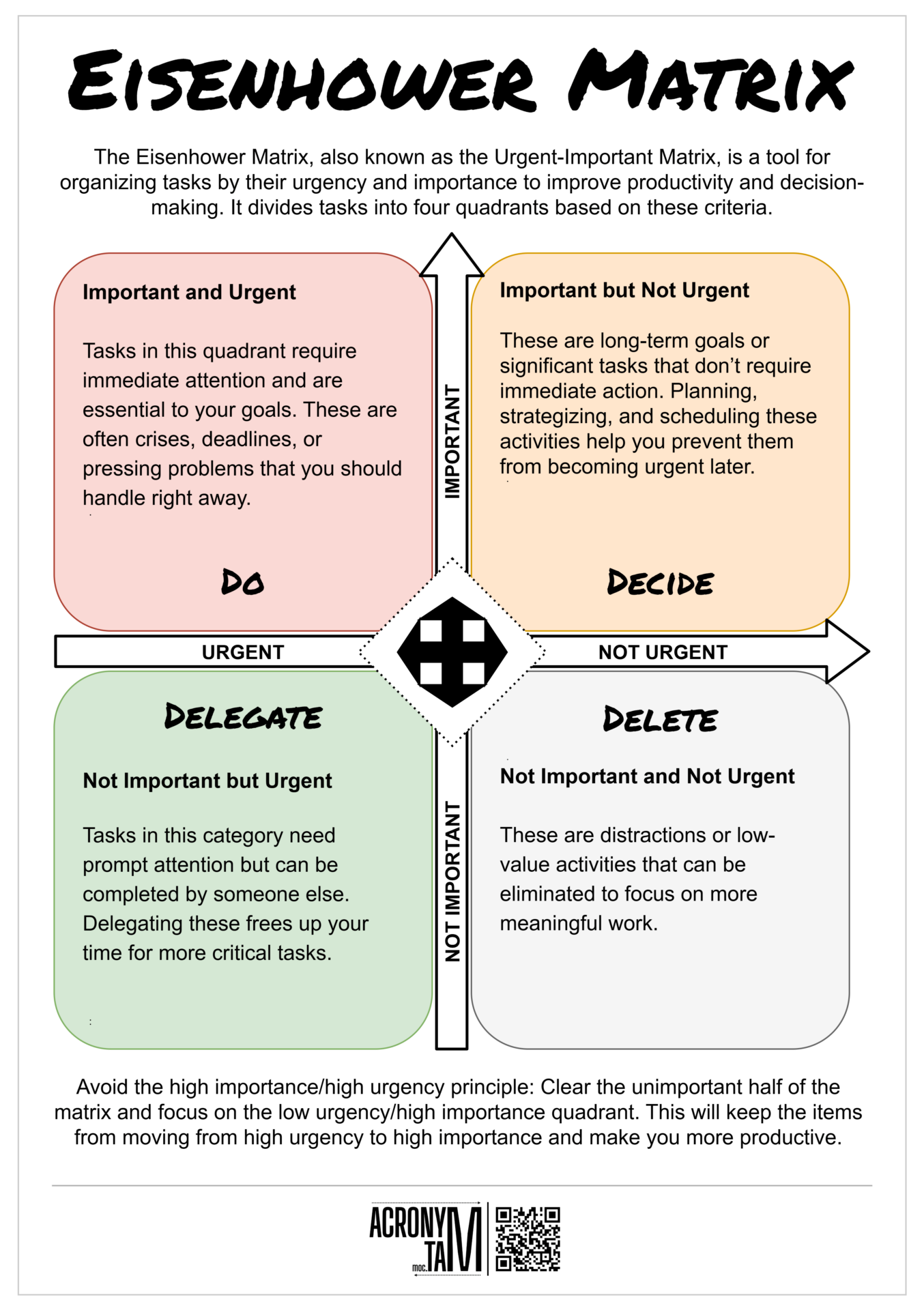
Eisenhower Matrix
The Eisenhower Matrix, also known as the Urgent-Important Matrix, is a tool for organizing tasks by their urgency and importance to improve productivity and decision-making. It divides tasks into four quadrants based on these criteria. Do Important and Urgent Tasks in this quadrant require immediate attention and are essential to your goals. These are often...
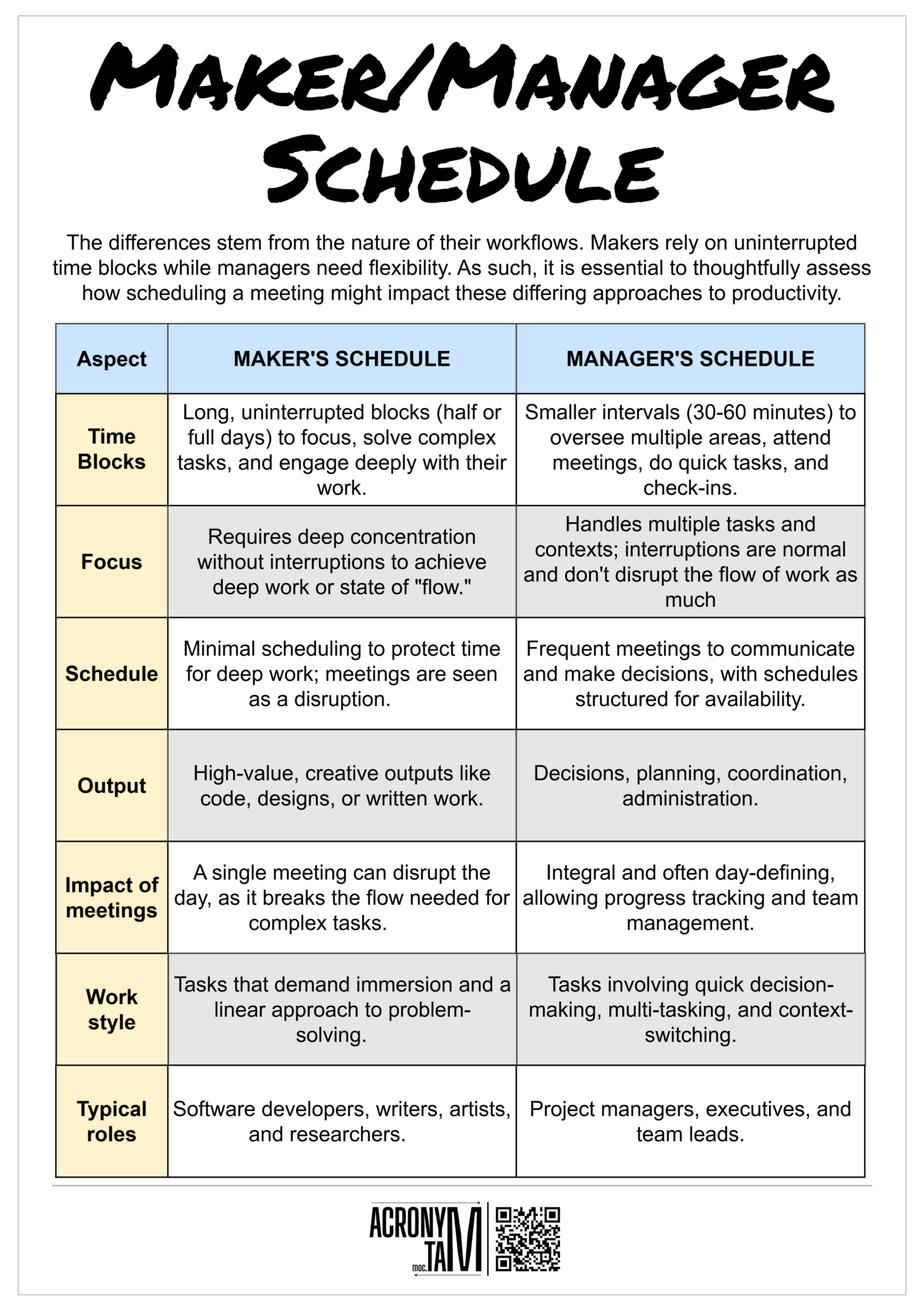
Maker's vs Manager's schedule
The differences between a maker’s and a manager’s schedules stem from their respective workflows’ distinct nature. Makers rely on uninterrupted time blocks to tackle complex, creative problems requiring deep focus and sustained attention. Managers need flexibility to oversee multiple responsibilities, make decisions, and collaborate effectively across teams. As such, it is essential to thoughtfully assess...
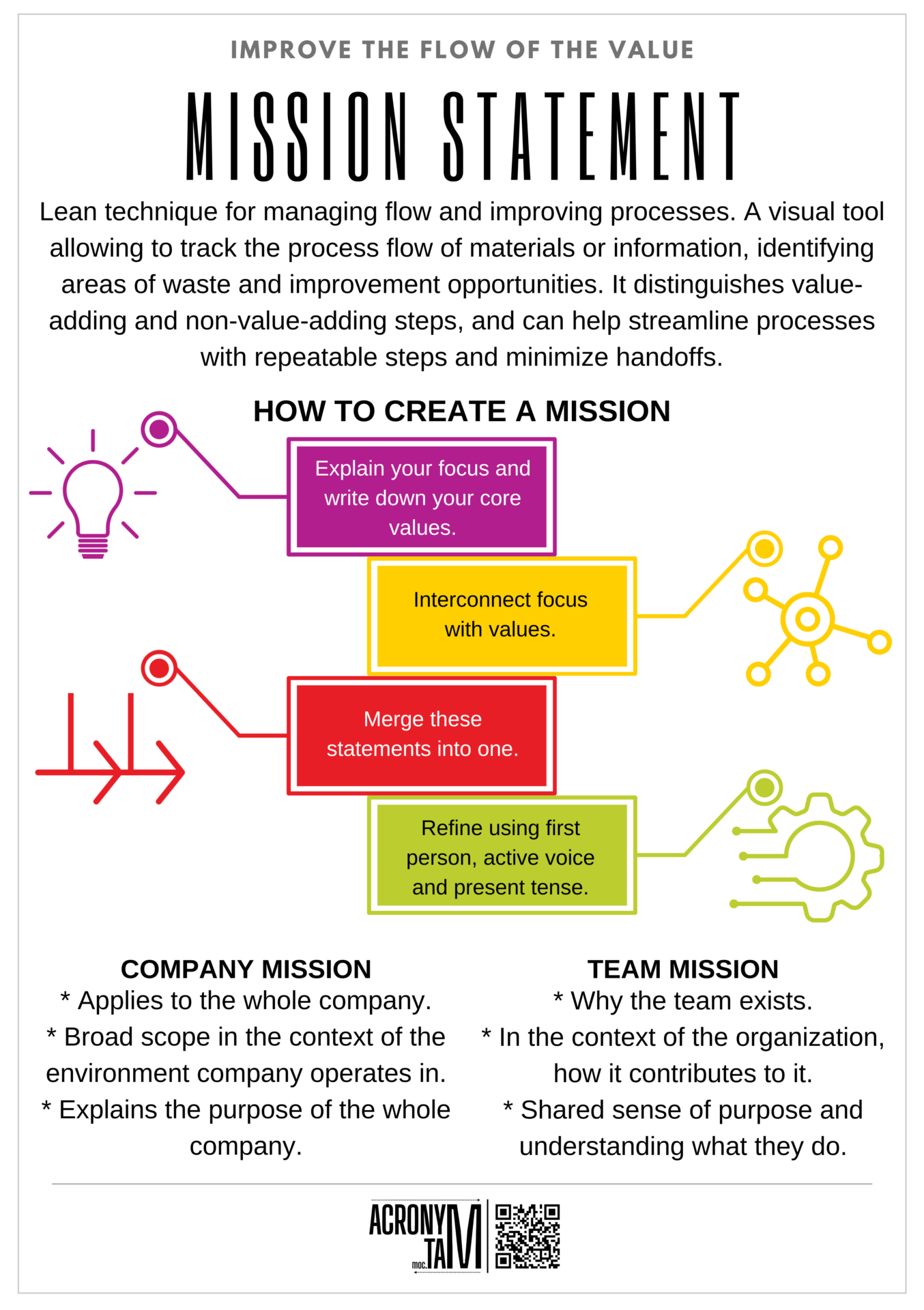
Mission Statement
Long-term organization purpose, values and objectives. It should describe why it matters. This way it contributes to identity creation.
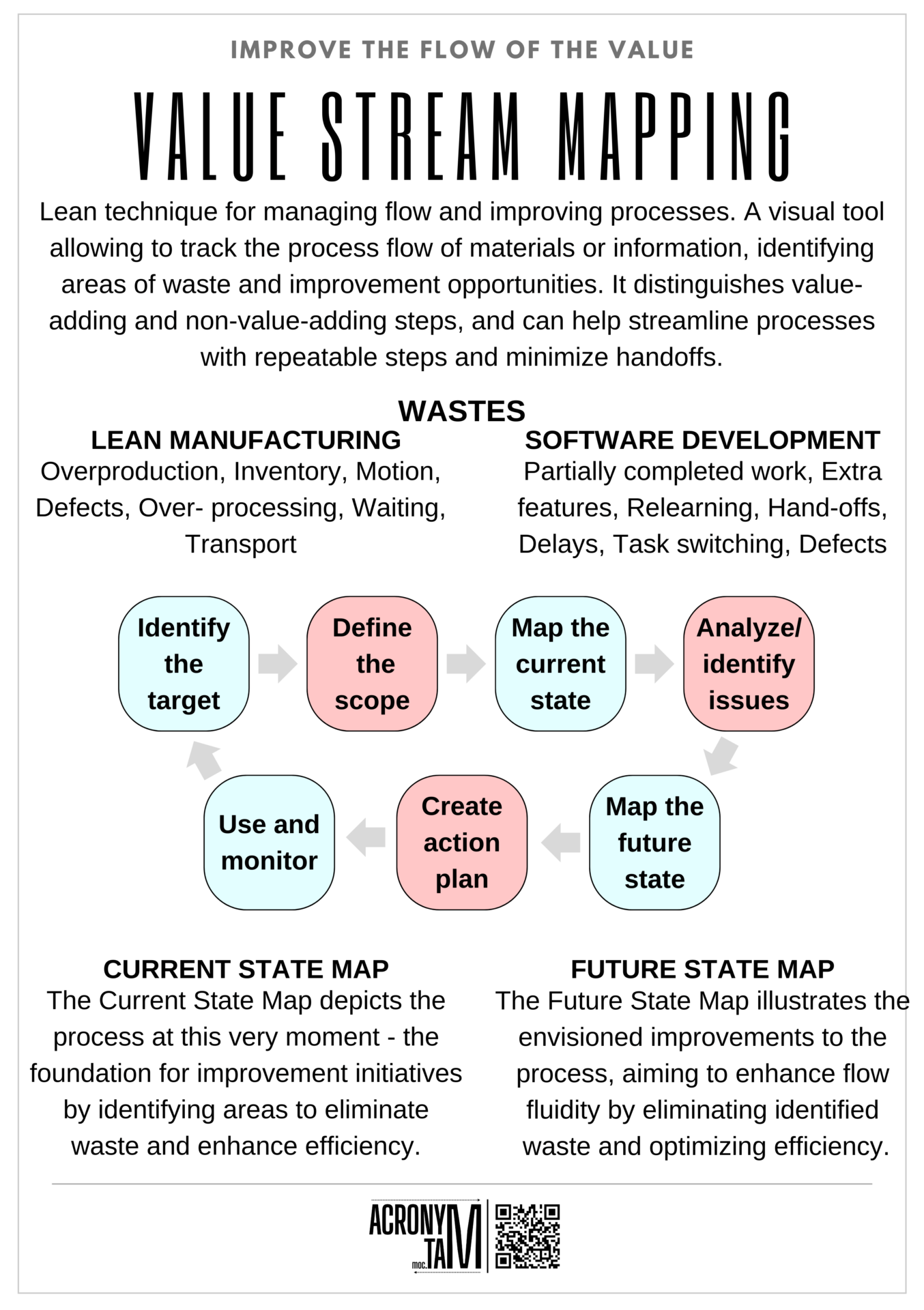
Value Stream Mapping
The Value Stream Mapping is a Lean technique for managing flow and improving processes allowing to track the flow through a process.
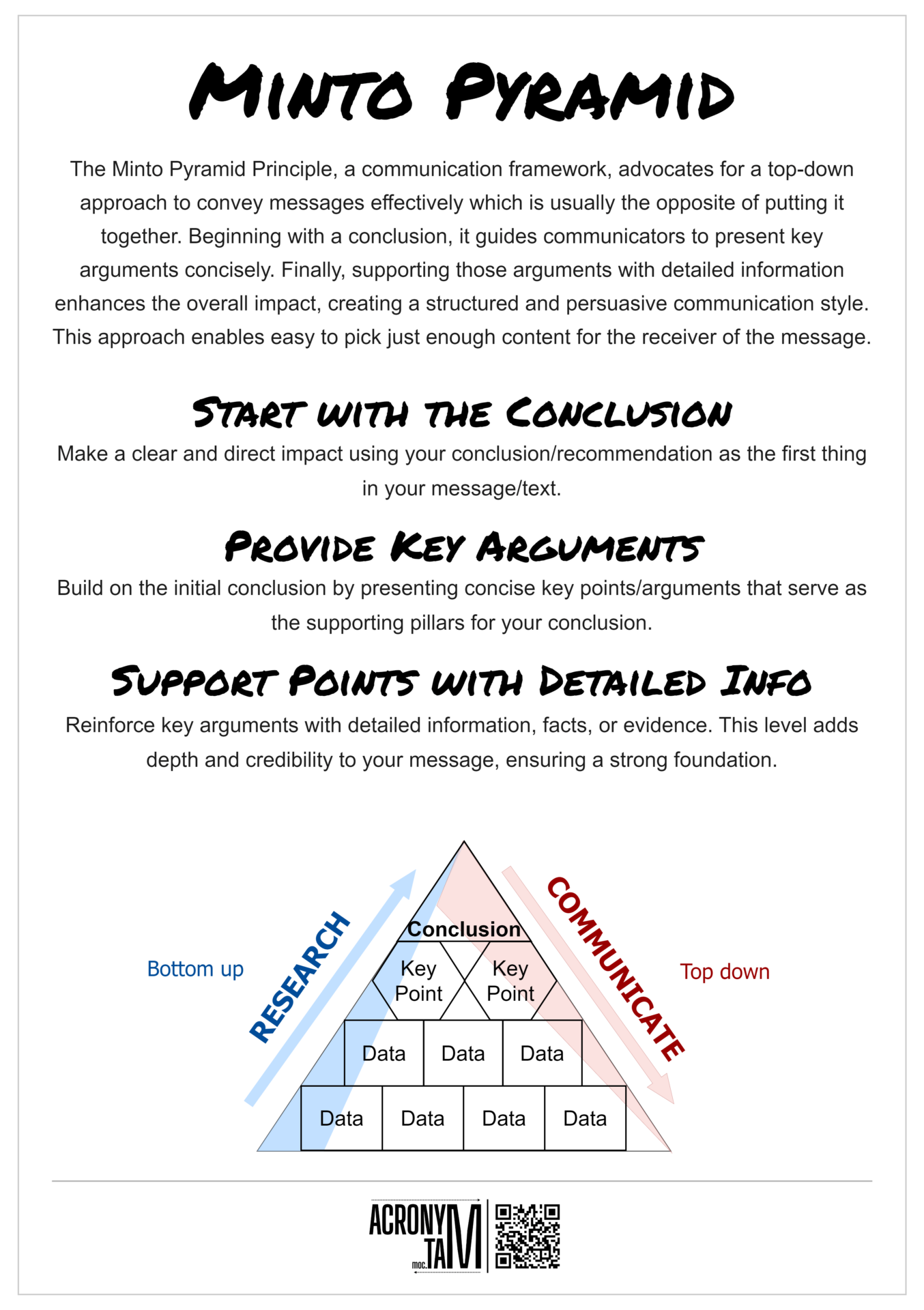
Minto Pyramid
The Minto Pyramid Principle, a communication framework, advocates for a top-down approach to convey messages effectively
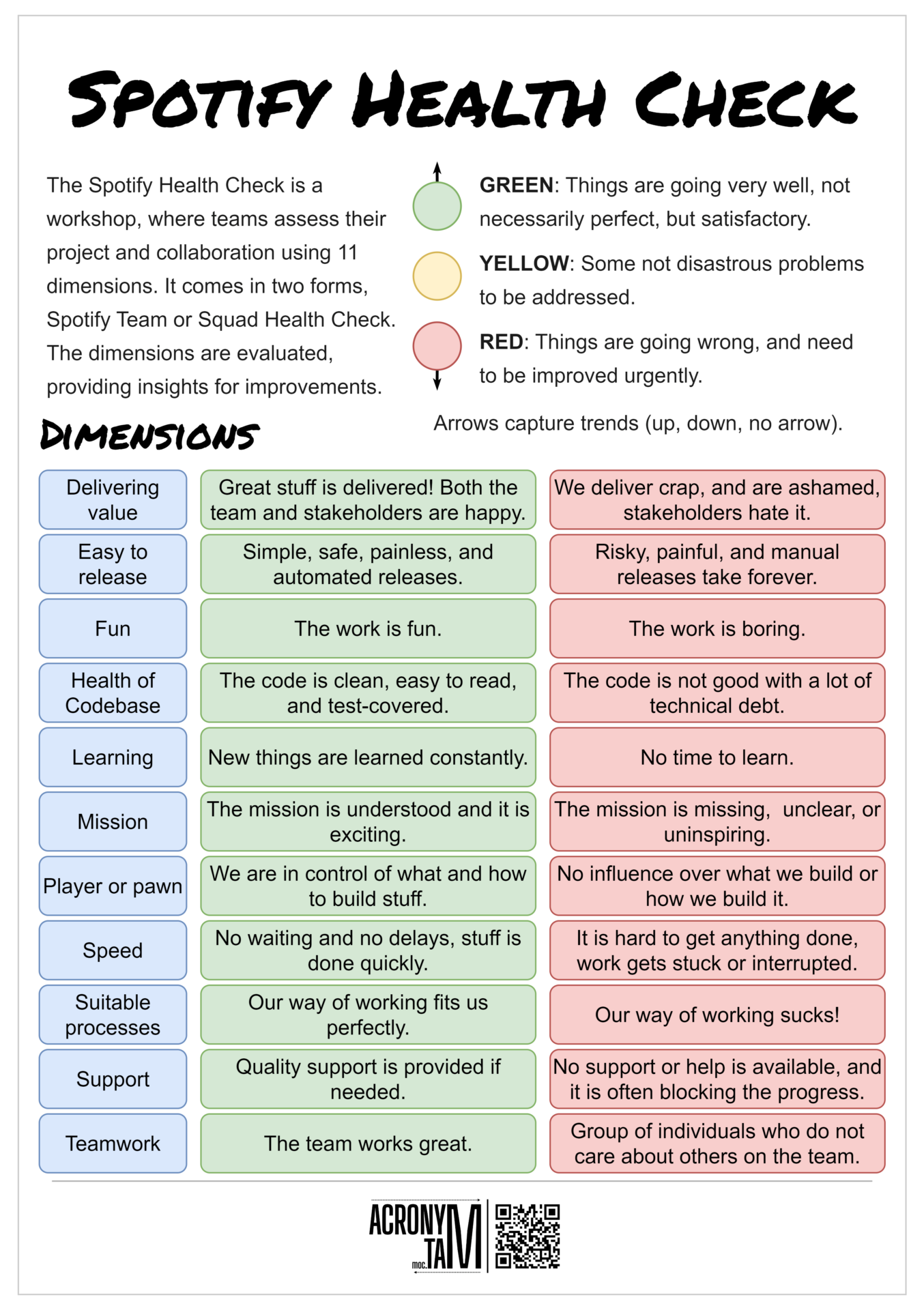
Spotify Health Check
The Spotify Health Check is a workshop, where teams assess their project and collaboration using 11 dimensions.
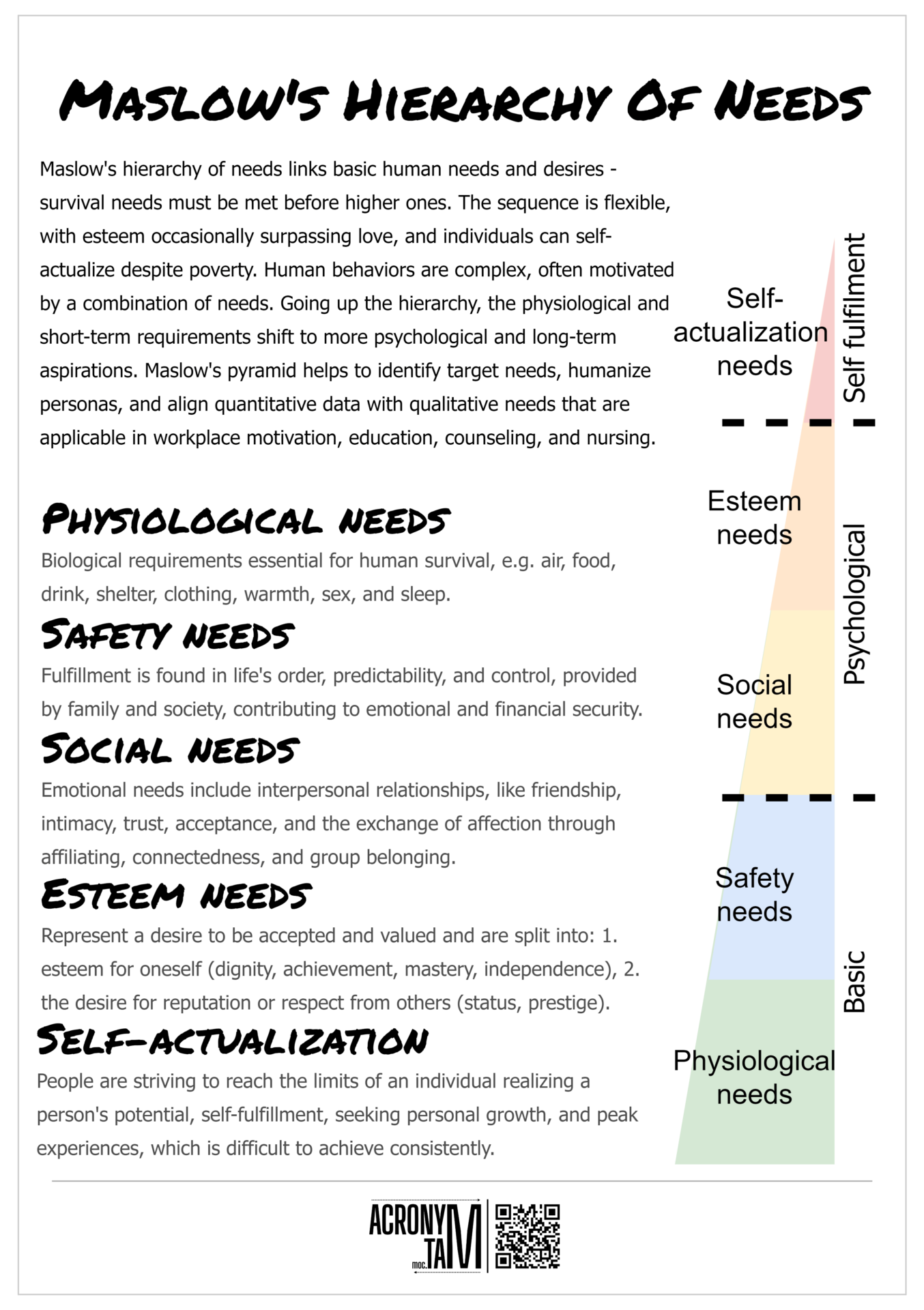
Maslow's Hierarchy Of Needs
Maslow's hierarchy of needs links basic human needs and desires, emphasizing that survival needs must be met before higher needs.
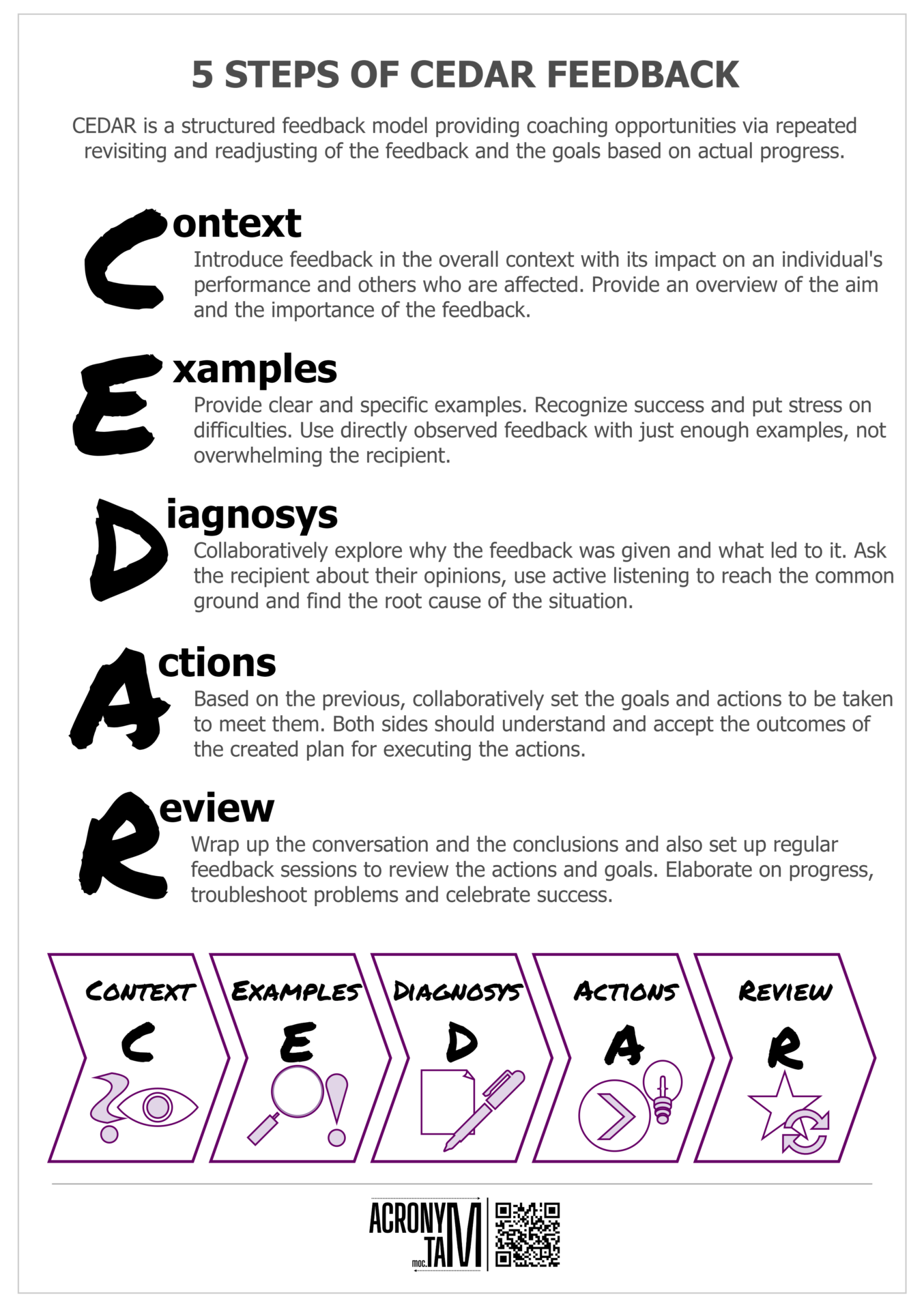
CEDAR Feedback
CEDAR is a structured feedback model providing coaching opportunities via repeated revisiting and readjusting of the feedback and the goals.
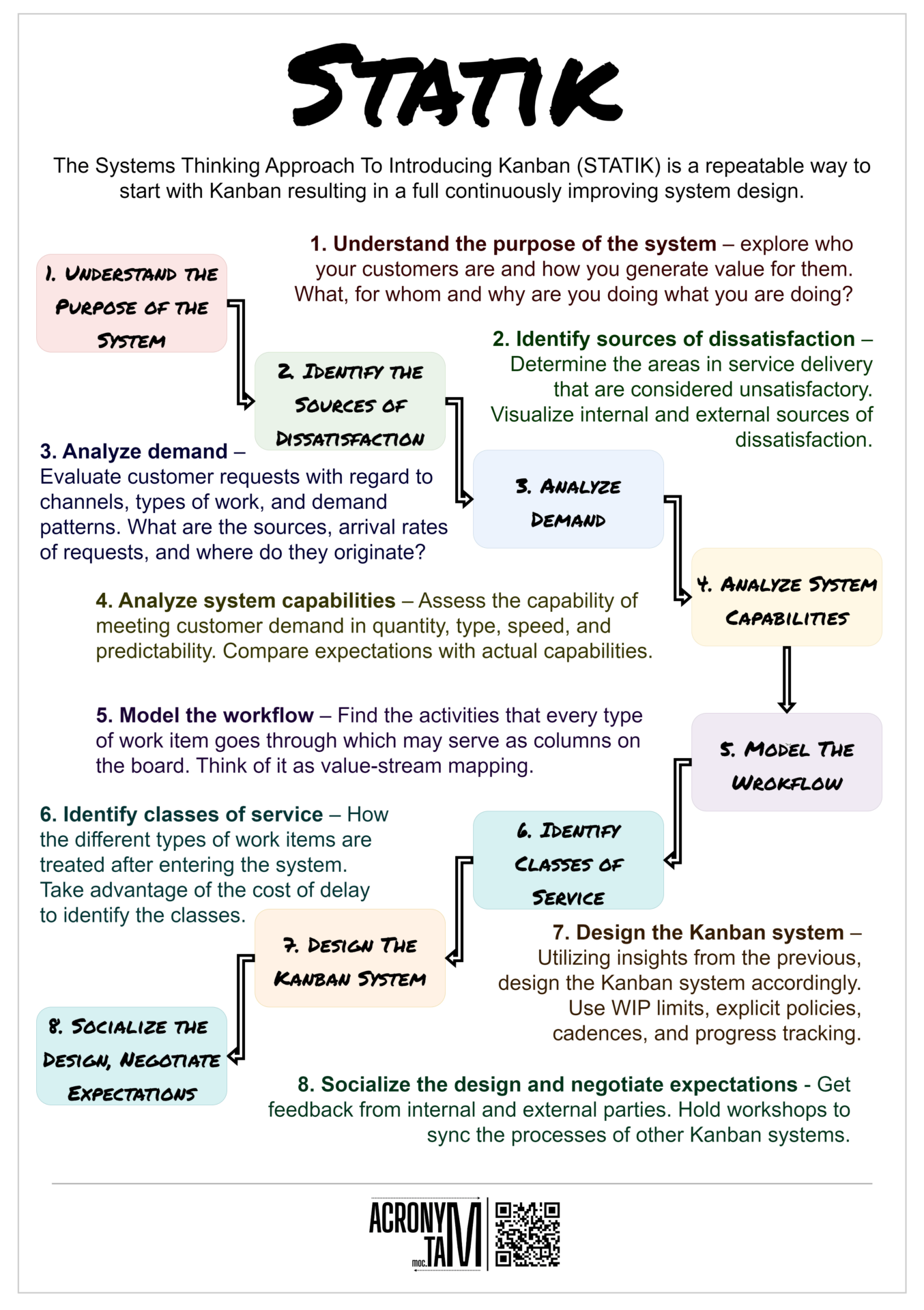
STATIK Kanban
The Systems Thinking Approach To Introducing Kanban (STATIK) is a repeatable way to start with Kanban resulting in continuous improvement.
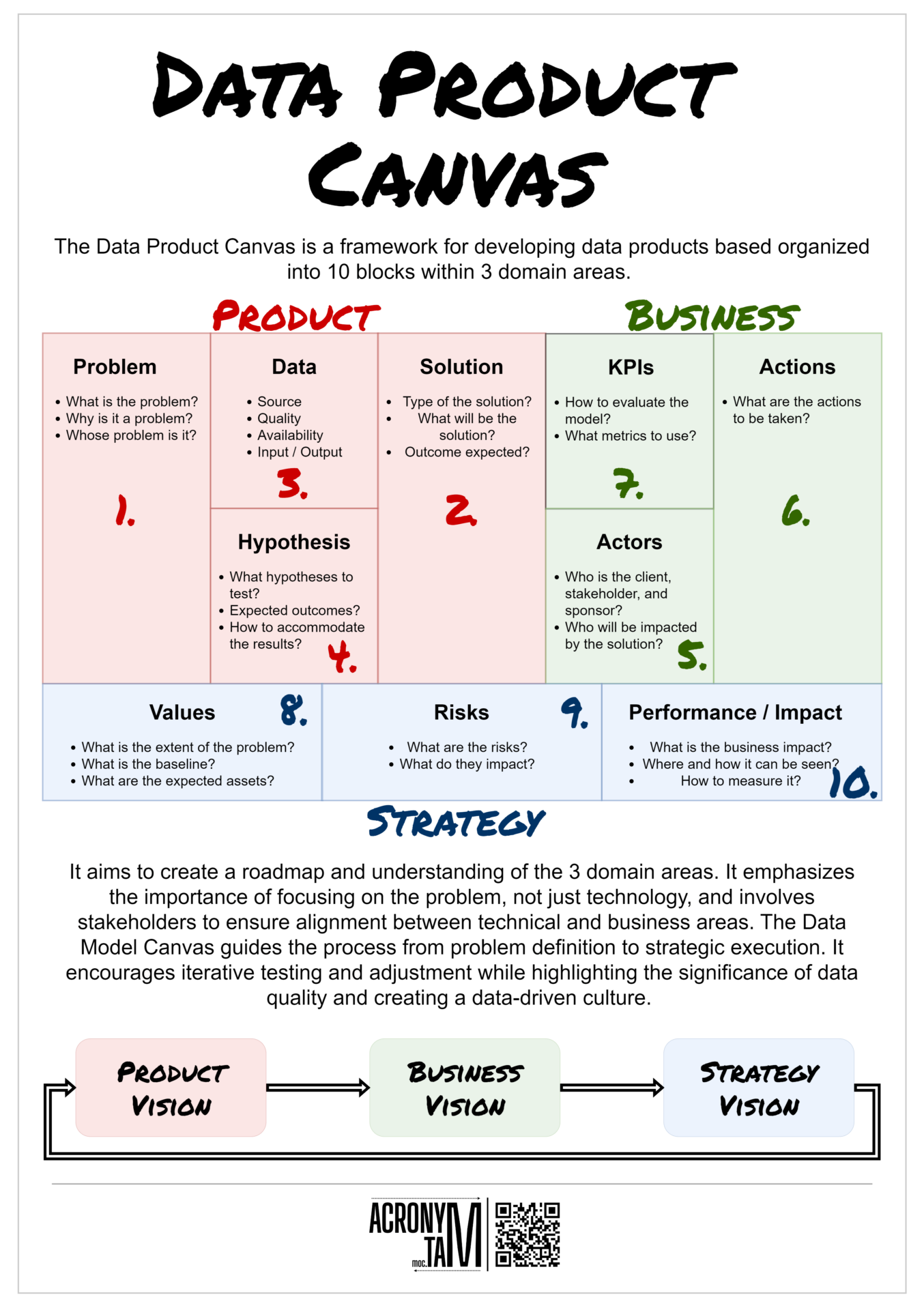
Data Model Canvas
The Data Product Canvas is a framework for developing data products based organized into 10 blocks within 3 domain areas.
























